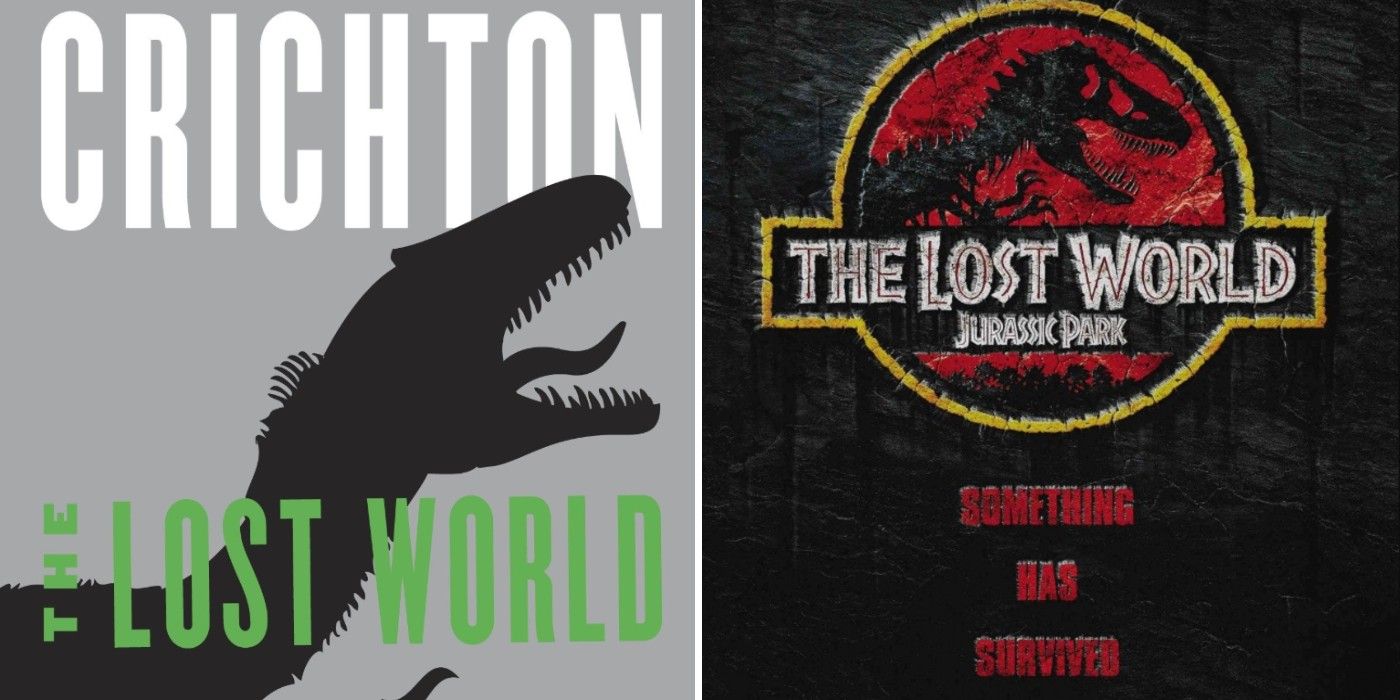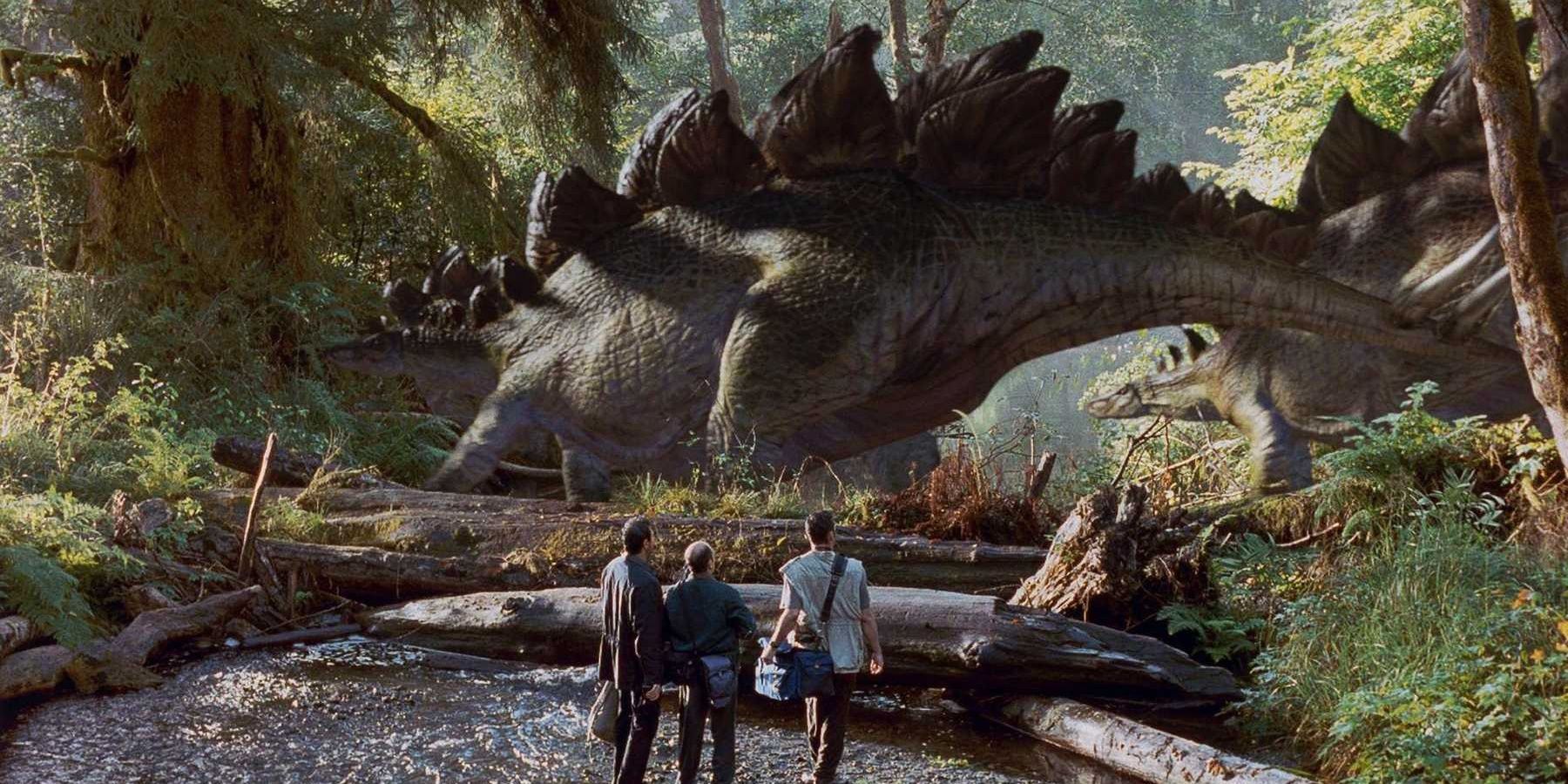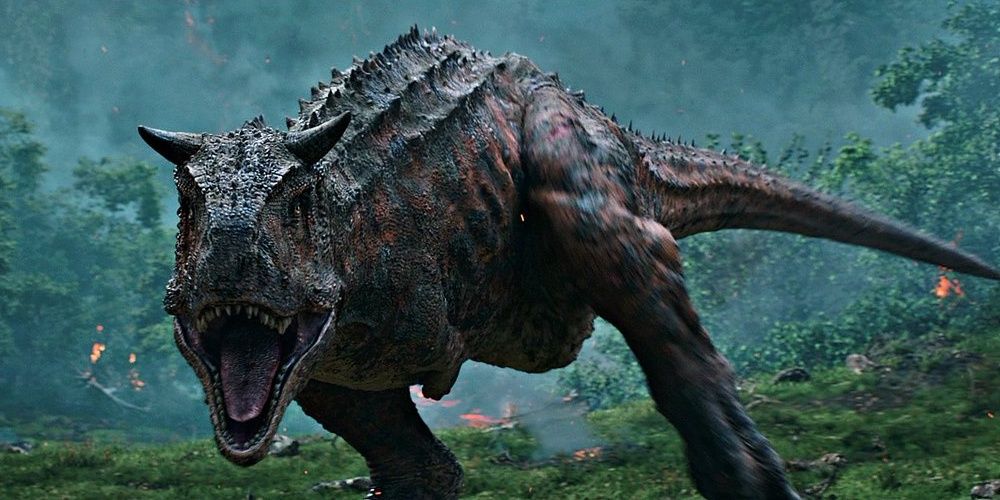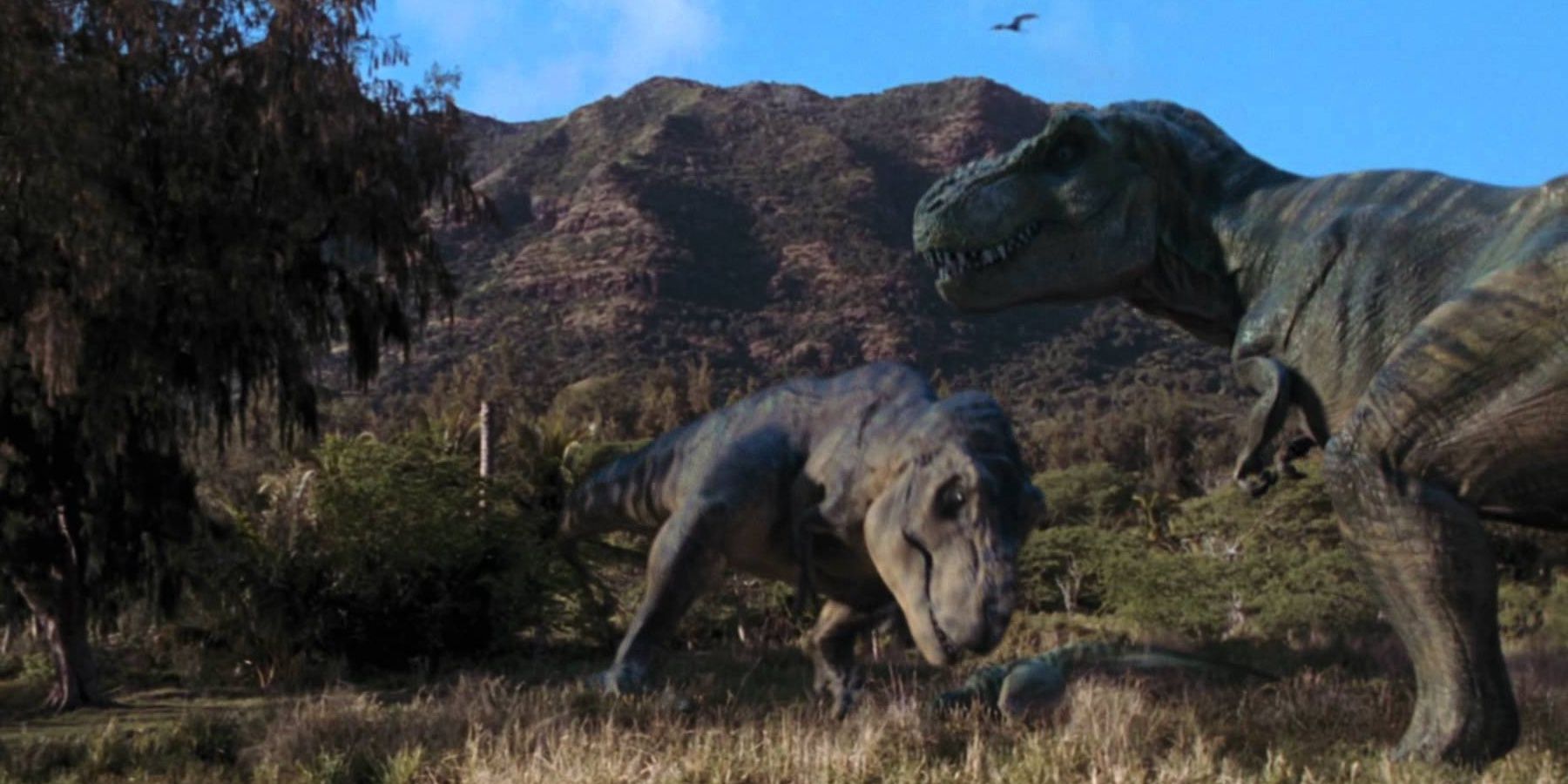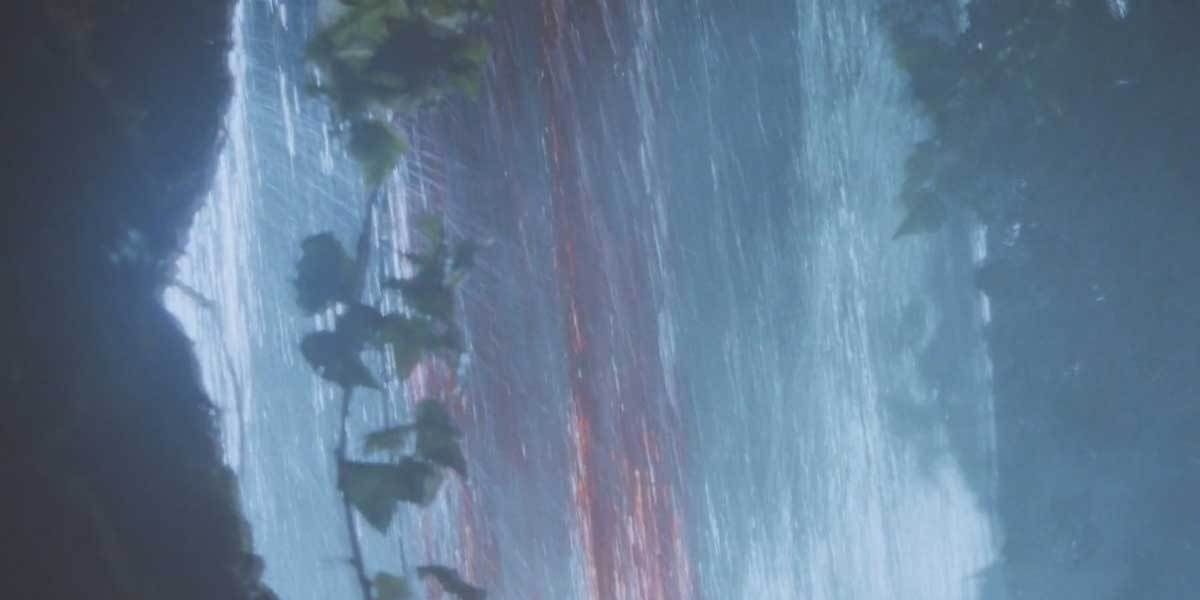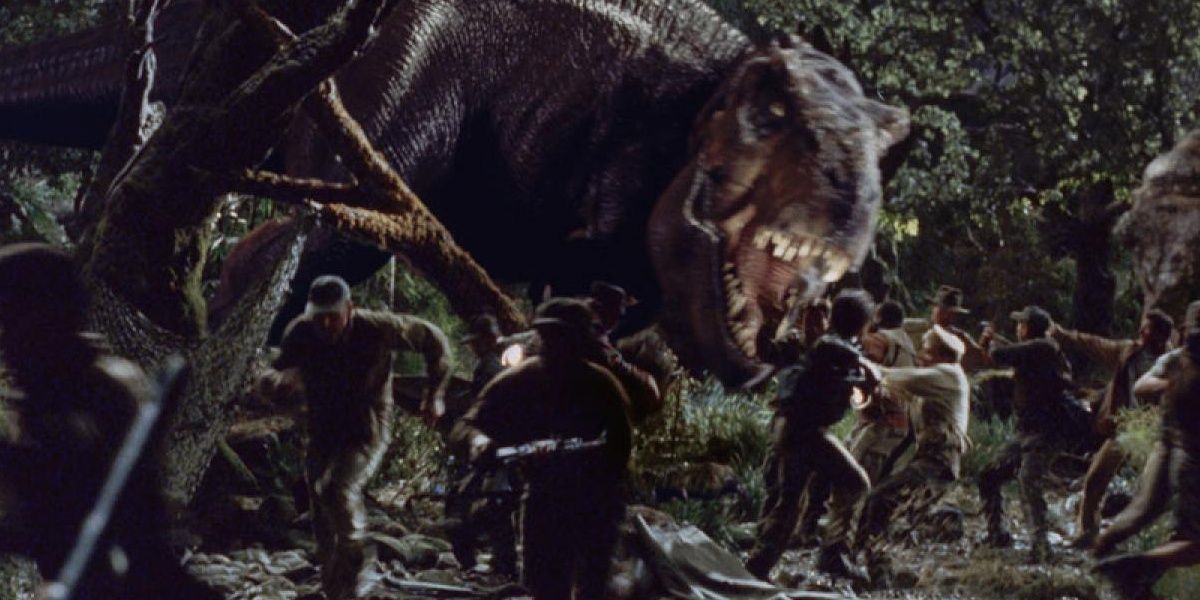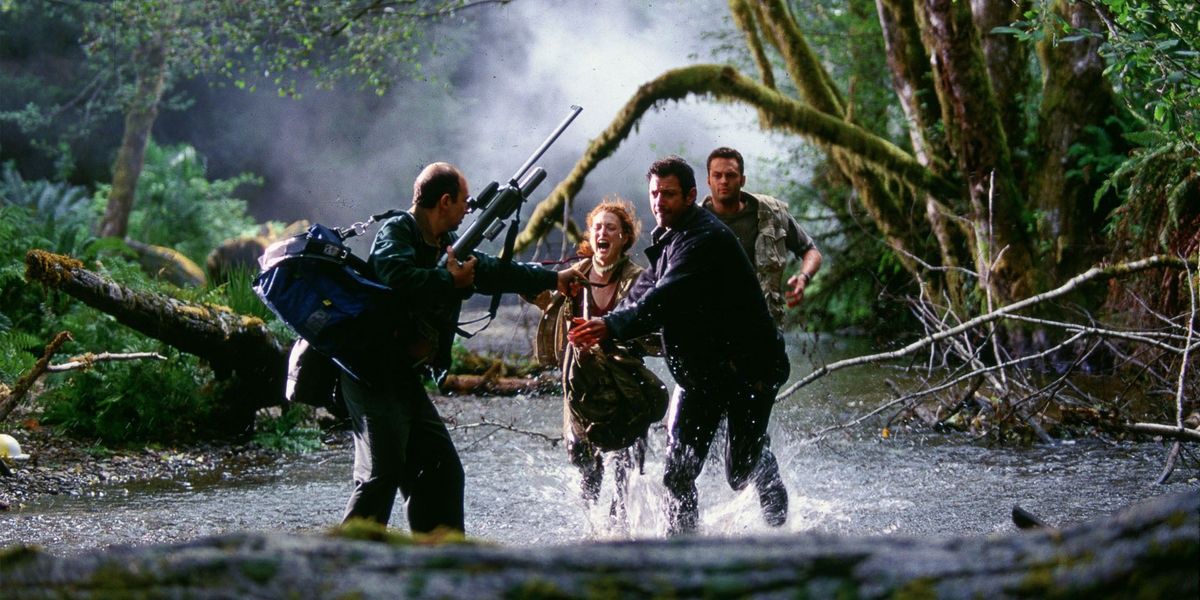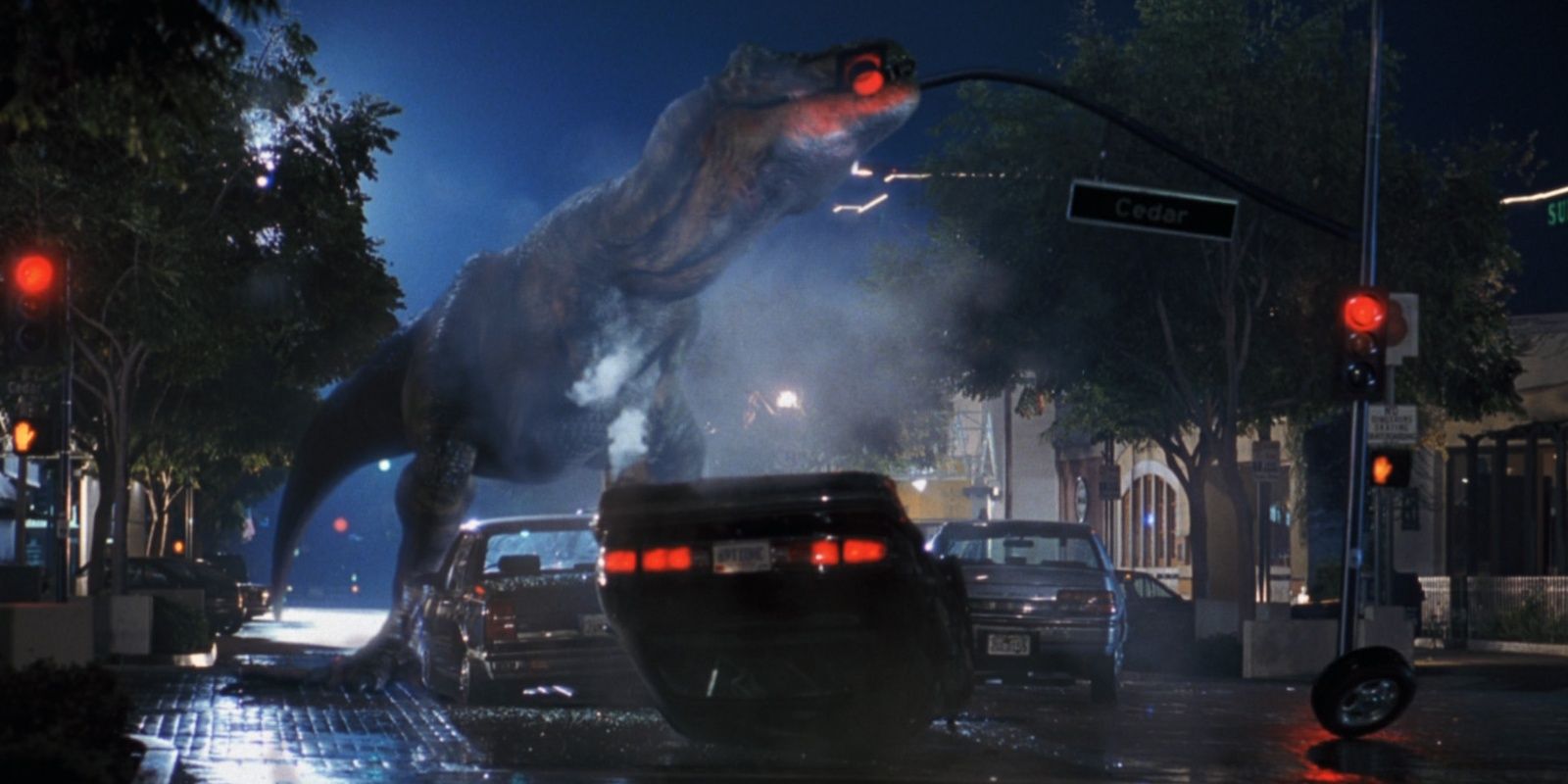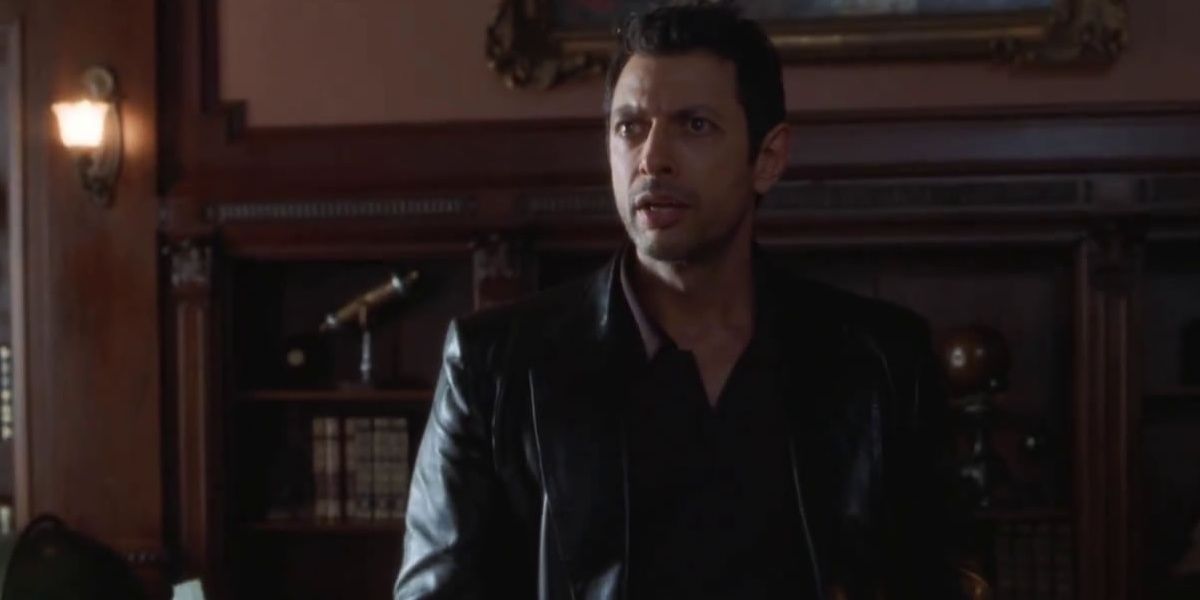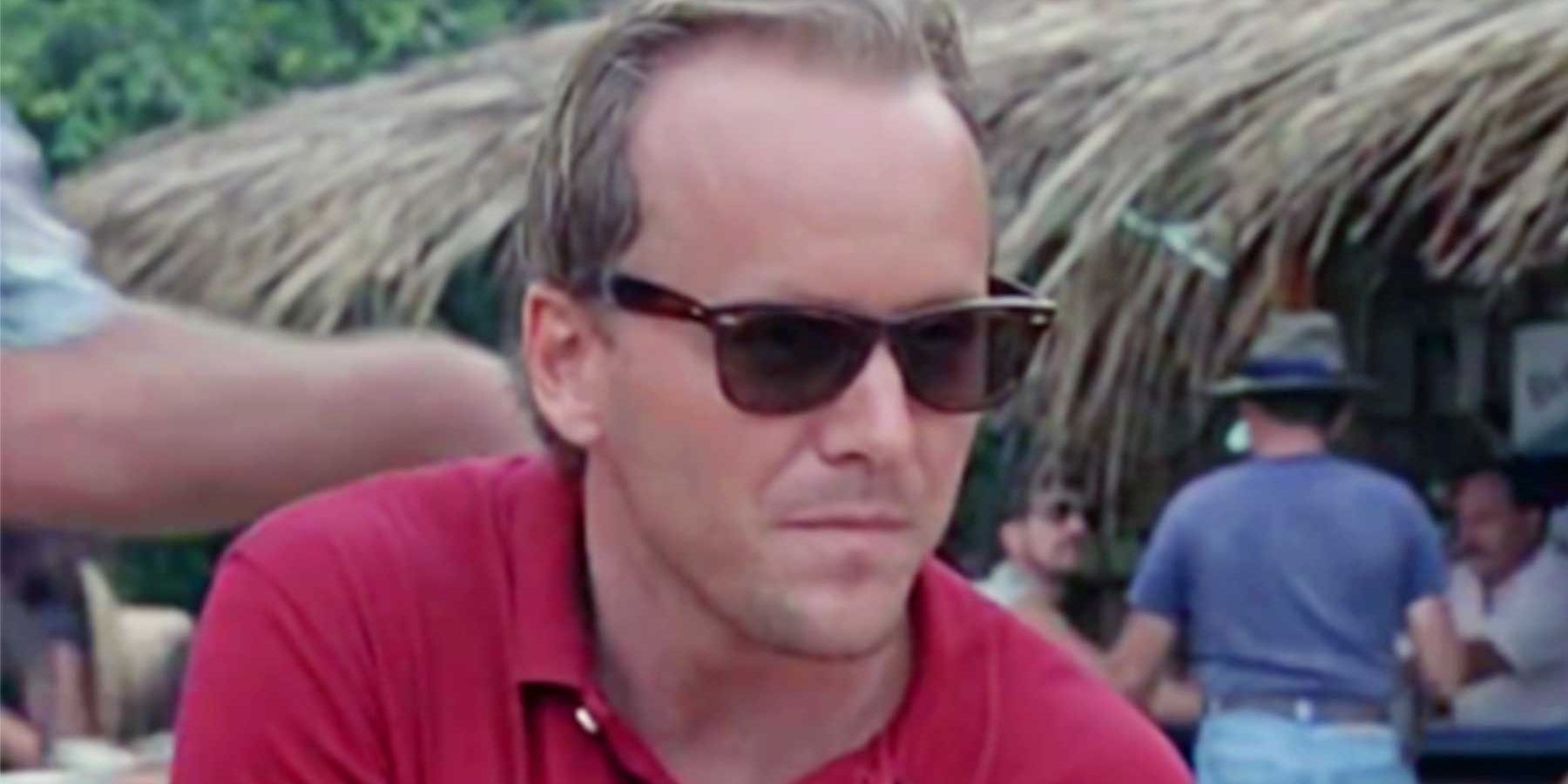In the film department, the Jurassic Park franchise has had a mostly rocky record. Looking at overall critical and general audience reception, only two of the five movies were received generally positively. The original 1993 Jurassic Park received critical acclaim and is considered a Steven Spielberg classic. The only other movie that got a generally positive reaction after that was the fourth entry: Jurassic World.
Critics and audiences generally liked the film as it served as a fun, exciting summer sci-fi thriller even though it doesn't come close to the original. Regardless, they generally raked in boatloads of cash, including the second film The Lost World: Jurassic Park despite the poor critical/quality performance. Here are five things/scenes that the film did well and five the book did drastically better.
MOVIE: It Continues Giving Impressive Visuals
When talking about the visuals in any Jurassic Park film, the focus is on the special effects used to create the dinosaurs present throughout. The original 1993 classic made beautiful use of both CGI and animatronics in such a blend and balance that it makes the effects look timeless even in 2020.
The Lost World: Jurassic Park shifts the focus more so on CGI, but still faithfully recreates the dinosaurs on screen to look great. The film did it in a way that the CGI didn't become too overbearing like in Jurassic World.
BOOK: A Better Use Of Horror Elements
While people may not say that either author Michael Crichton's novels, Jurassic Park or The Lost World, are actual horror novels, both use elements of it to tell their stories and up the tension and anxiety. However, due to the fact that this was a book and not a PG-13 theatrical film, Crichton's The Lost World uses these horror elements better.
All of the heavy hitters in the dinosaur roster from the book were terrifying from the Velociraptors, Tyrannosaurs, etc. The Carnotaurus, which didn't appear until Fallen Kingdom, was actually featured in the novel in a chilling scene where the cast is hides in a shed, only to barely manage to discover camouflaged Carnotaurs roaming outside.
MOVIE: It Brought A Great Setting To Life
Visualizing scenes and settings in your head from reading a book has its own advantages if the author does a good enough job of vividly describing it to you via text, which Michael Crichton does. However, the film perfectly visualizes this dinosaur island. The appeal of The Lost World: Jurassic Park and the source material is that it takes place in the secretive Site B. This is where InGen created and grew the dinosaurs before selecting them to transfer to the park on Isla Nublar.
Here, the dinosaurs are much more wild, especially since InGen is now defunct. The film does a great job at filming locations, and later adding on the special effects in the form of dinosaurs, that fully realize a wild, exotic environment that would resemble somewhere dinosaurs could live.
BOOK: It Doesn't Hold Back On Brutality
Naturally, this is a point that the book has over the film since the Crichton The Lost World has the benefit of being an adult-oriented book. The only thing that the movie could have done to maybe match the book's action is if it was R rated. For what it's worth, the film was pretty gory for the PG-13 label.
Spielberg clearly didn't want to alienate most age demographics from seeing the movie and make the largest amount of money as possible. The book doesn't hold back on the intense brutality and grisliness in the conflict between the animals and people. Obviously, this ups the terror, thriller aspects of the plot.
MOVIE: It Still Gave Some Intense Scenes
As is made clear by now, The Lost World: Jurassic Park and The Lost World books have plenty of differences. This is ultimately the film's biggest downfall, as the source material was strong on its own. However, while the movie didn't perform as it should in the quality department, it had some great moments that still stick out.
It did well with horror with what it was allowed, like with the T-Rex attack at the campsite which results in a magnificently vicious death scene that leaves a literal bloody waterfall and the scene with the Raptors streaking through the tall grass, picking off victims one by one.
BOOK: It Keeps The Action On The Island
One of the biggest strengths of the book over the film is that the bulk of the plot involving the dinosaurs takes place on Site B/Isla Sorna. Despite being pressured into writing this sequel, it does well keeping the action where it should've always been and adding a bit of a twist to it.
That is keeping things on this mysterious island but making the animals more wild. The movie takes, for example, a ludicrous take by having dinosaurs - mainly the T-Rex - brought to San Diego and rampage through the city.
MOVIE: It Brilliantly Recreates The Most Iconic Scene
The most iconic scene from the movie, and one of the most iconic from the Jurassic Park franchise, is the one where the Tyrannosaur parents come to take their baby back. While the film unfortunately ignores a lot of the book, this scene was recreated brilliantly.
It was the most terror-inducing scene from the movie, leading with the anxiety-ridden sequence of the trailer dangling off a cliff. It also resulted in one of the most savage (and admittedly undeserved) deaths in the franchise - although Zara's in Jurassic World is a good contender.
BOOK: It Doesn't Try To Be Something It's Not
This entry will be an elaboration on the previous point about the crazy act of the movie where the T-Rex was unleashed on the streets of San Diego. As mentioned earlier, that subplot in San Diego was purely out of Spielberg-Team's head and not at all out of the book. It's clear Spielberg wanted to experiment with a different genre/subgenre here, but it didn't help the movie.
In addition to ignoring key points from the book, trying to turn The Lost World into a Godzilla-like kaiju movie makes the plot worse. If anything, Jurassic World arguably did a better job of incorporating the "monster movie" element with the Indominus Rex (before unfortunately playing it out in Fallen Kingdom).
MOVIE: Jeff Goldblum
Of course, Jeff Goldblum has long-since been a fan-favorite actor and character in the Jurassic Park franchise. It's unsurprising that Goldblum and his character, Ian Malcolm, were one of the film's strengths. Of course, Malcolm was never intended to be brought back just like The Lost World, despite being a good book, was never intended to be written.
In the first book, Malcolm was heavily implied to be missing/possibly dead at best and confirmed to be dead at worst. However, his performance in the film was great and delivered some classic lines.
BOOK: Better Villain(s)
Another aspect that wasn't explored at all in the film that was in the book were the antagonists. In the novel, InGen is defunct, but their competitor Biosyn is still on the hunt to succeed and make money off InGen's creations and mistakes. In addition to that, Lewis Dodgson is the specific, individual villain in conflict with the protagonists.
Dodgson was only given a cameo as Dennis Nedry's employer in the first film and wasn't in the second one at all. His inclusion adds some continuity between books and he makes for a better enemy. This leads to some great, tense scenes involving the dinosaurs and a race against time for the protagonists and the antagonists to overcome each other.

